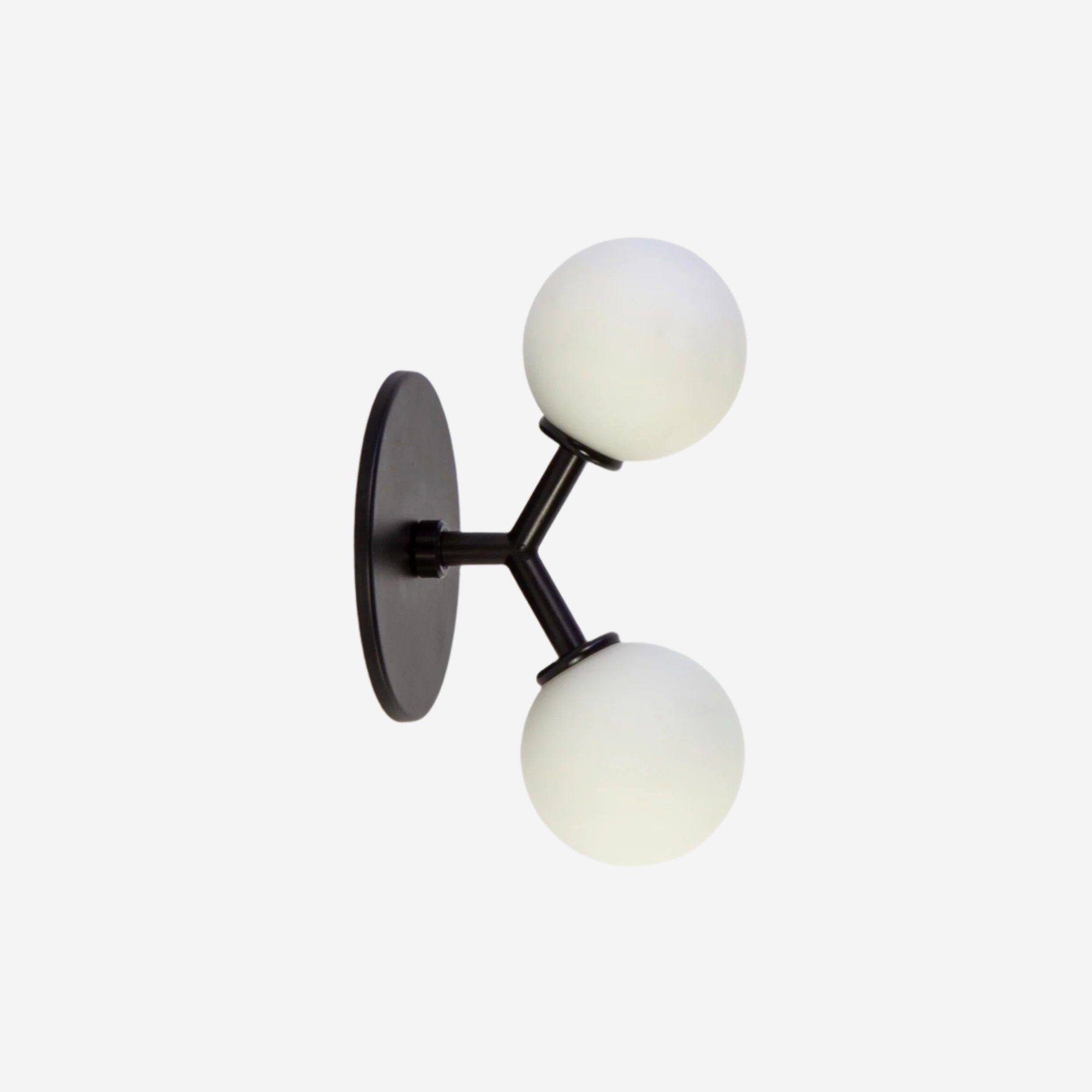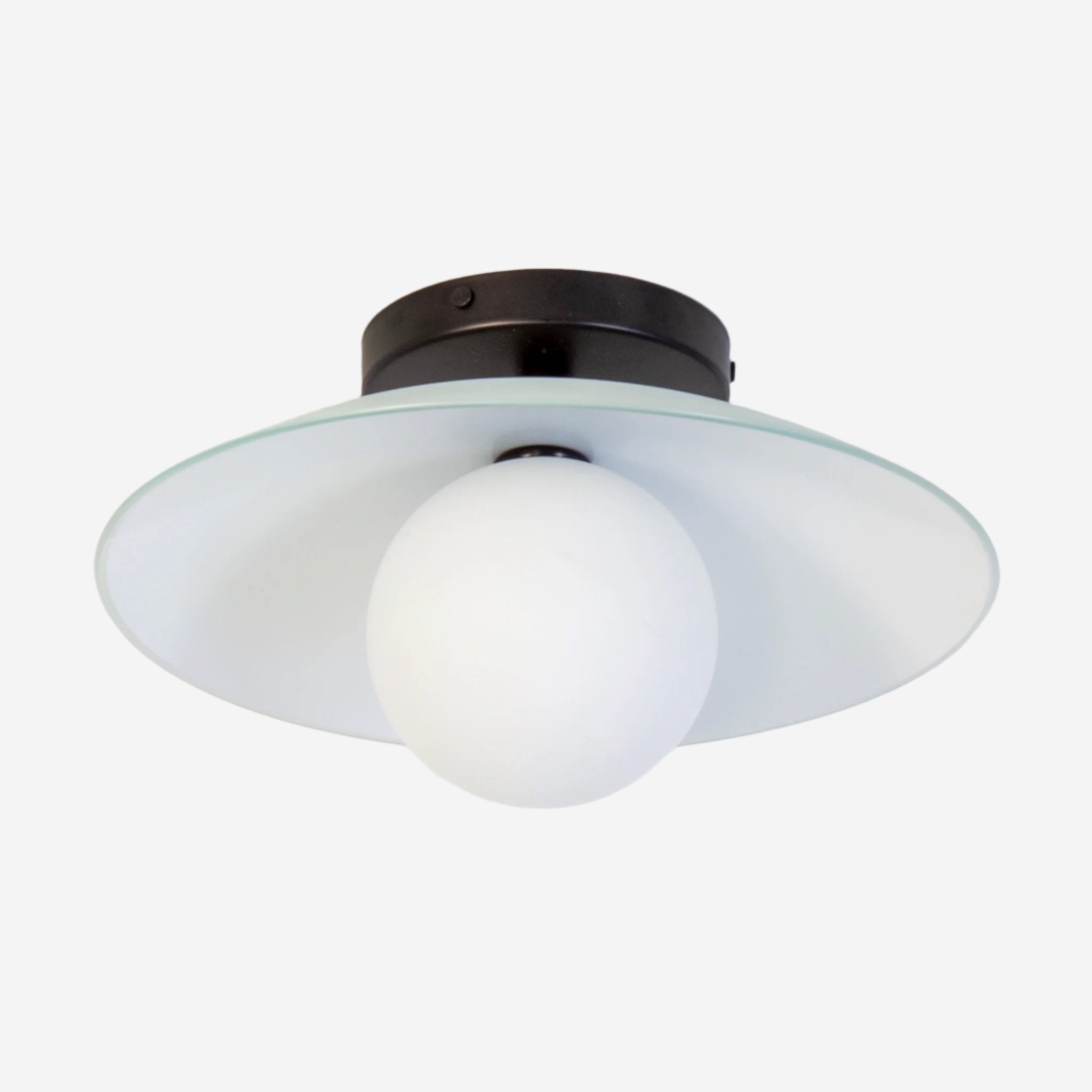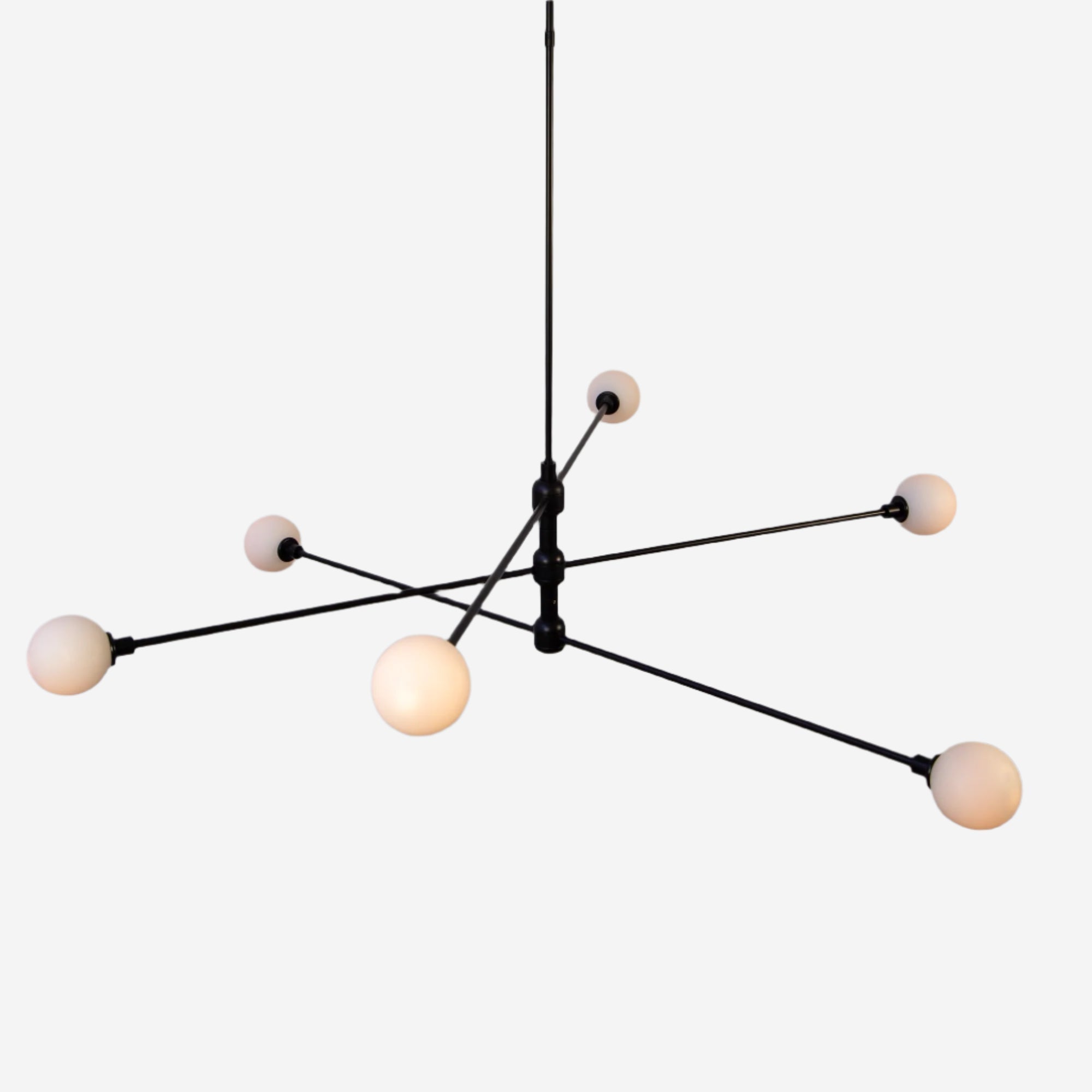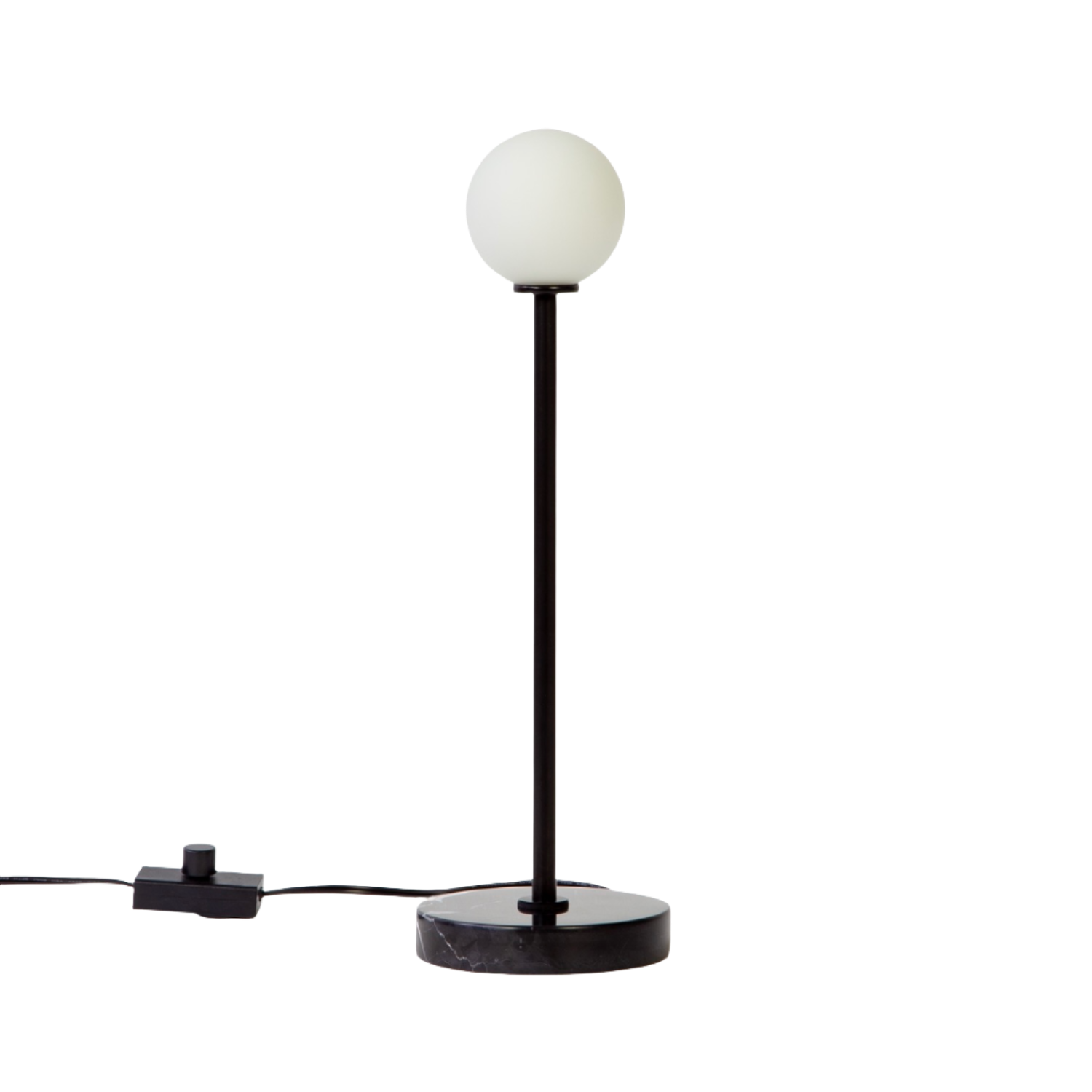
Color Temperature Explained: Finding the Right Tone for Your Space
Color temperature is just a way of describing the “feel” of light. It’s measured in Kelvins (K), and the number tells you whether the light glows warm and golden or bright and cool.
2700K, which we use as our standard, gives off that familiar warm glow. Think candlelight or evening sun. It’s soft, flattering, and easy on the eyes, which makes it ideal for living rooms, bedrooms, and dining spaces. Step up to 3000K, and the light gets a touch cooler, while still warm. That extra clarity often works well in kitchens and bathrooms. Go higher, 3500K, 4000K, or more, and you’re in daylight territory: bright, crisp, and better for workspaces or task-heavy areas.
While higher color temperatures are often associated with retail-type spaces, there are a number of applications (such as specialty retail, food, fashion showrooms) where brands/stores are being a bit more conscientious of how color temperature affects their spaces - and opting for warmer hues that feel a bit more intimate and create a more on-brand effect.
With incandescent bulbs, you never had to think about this. They all naturally glowed around 2700K, shifting even warmer when dimmed. LEDs changed the game. Because they’re engineered, not filament-based, they can be tuned to almost any color temperature. That’s why you see the numbers listed on modern bulb packaging.
At Research.Lighting, we ship every light fixture with 2700K bulbs. It’s warm, versatile, and feels right in most rooms. But if your project calls for something cooler or brighter, swapping bulbs is easy. Just pick the Kelvin tone that fits your space.
Want to learn how lumens works? Check out our Lumens to Watts Conversion Chart & Brightness Comparison.




